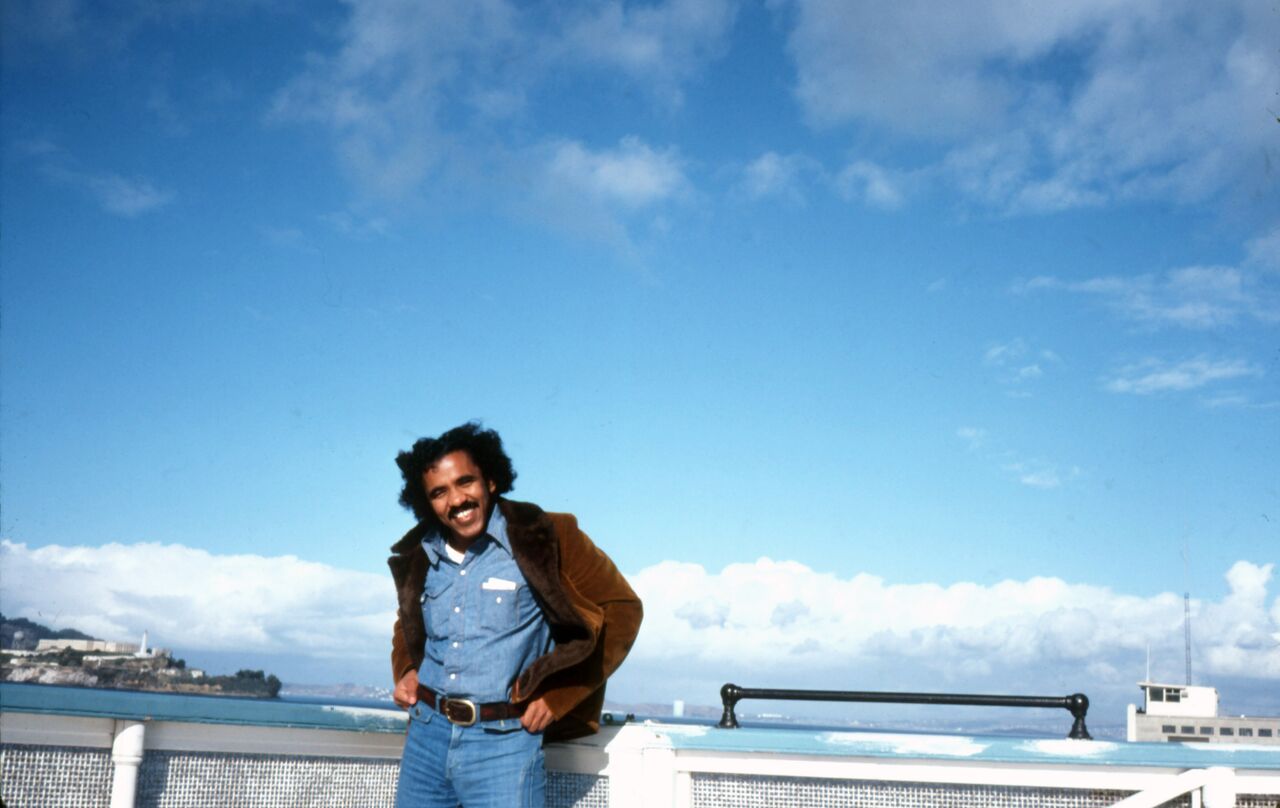Co-Written by Hend Salih
In some rare cases, our journey begins with the first pages of the book. I felt this for the first time as I read the dedication of the late Tayeb Saleh to his father at the beginning of his brilliant novel “Maryoud’.
“To the spirit of my father, Mohamed Saleh
Ahmed …
In his poverty there was richness and in his
weakness there was strength….
Lived loving and loved, died satisfied and
sufficient… ”
Those who read “Maryoud” know very well that the dedication was part of the story. I felt the same way when I read the novel “Waiting for Kush” by Ahmed Eltigani Sidahmed and the dedication from the translator of the novel Sir Alkhatim Mohamed Merghani; “This book bears a
cherished memory for the past generations of Nubians. As for the new generations, it carries more than a mere memory of their ancestors. They will find their history here, and history doesn’t drown; it is the values of humans and civilizations and profound legacy of the distant past.” As we were prepared by the dedication of the great Tayeb Saleh for a story of belonging and contradictions, the translator of “Waiting for Kush” created anticipation for the story, and I found myself waiting to read all about the magic of the Nubian history and its heritage in the pages of the book.
What the introduction did not prepare us for, is the strength of the visual identity of the novel, the stories – or episodes as the writer calls them- are full of visual depictions of Nubian identity and culture. The narrative begins from the Nubian waiting room. Fascinatingly, in
all the stories in this book, a Nubian word or Nubian heritage myth adorn each and every page. For non-Nubians like me, who do not know about Nubian heritage except what they heard from friends and acquaintances – the book may read like a puzzle. The Nubian culture is generously described in the book, from the names to the language, music and songs, and how rich the culture is from various aspects.
The amazing thing about this book is that it makes you wonder a lot about the beginning of imagination and the end of reality. Stories about ethnic cleansing, Nubian music and real-life kandakas make you believe in the active role of frogs in the orchestra of artists Abdelnabi and Amanullah when they perform a new song.

The author, Ahmed Altigani Sid Ahmed
Another prominent feature in the novel is its celebration of the Nubians’ love of music and the recollection of the nobility of Nubian art, from Khalil Farah, Wardi, AlBalabel, Ghazi Saeed and many others. Many of the episodes were love letters to Nubian art, and many scenes
accurately express the love of Nubian music and singing during gatherings. I enjoyed the writer’s celebration of the Nubian heritage and found it mirrored the Nubian society’s pride in their stories and the uniqueness of their artistic heritage.
One sentence that I found repeated a lot in the book was: “but that is another story we will discuss at another time.” This sentence bothered me a lot; we can overlook it once or twice but when it is a fixed part of almost every story it may become distracting. It however highlighted the author’s keenness to share many Nubian heritage stories and revealing the “Nubian” references in myths and tales, but he fell into the trap
of excess and lost the magic associated with simplicity and its ability to attract the attention of the reader. Similarly, the novel cannot celebrate a certain community and heritage without isolating foreigners, but maybe therein lays the magic for the Nubians. The novel read like a special story told between two friends about something only they are privy to, with some words that only they, as Nubians, can decipher.
Although the episodes carry a lot of beautiful descriptions and stories, they also express painful, dark memories about the ethnic cleansing of the Nubians. Some stories were written in a melancholy way, but the writer tried to show the happy moments in between. You could feel the
smooth flow through the chapters tackling different angles and describing feelings, places, history and people. The book describes the conversations people were having and the culture that represents them, past and present and how this is tragically declining as the culture is fading with time.
The book is full of emotions that would make you want to directly connect to the writer and ask him about his reasons for writing such a book and what it represents to him, so we did just that. The author, Ahmed Eltigani Sidahmed responded: “this is a book of fiction but based on painful memories I and the rest of the inhabitants of the drowned Nubian villages experienced. I wrote it as a way of expressing my pain and my feelings and to draw pictures for the new generation of Nubians and others who did not see Wadi Halfa or the villages and the beautiful islands and sand beaches, before the forced exodus caused by building the Aswan High Dam”.
The book reflects the Nubian identity and culture in a brave way that couldn’t be freely expressed back then during the forced exodus, when the Nubian communities were forced to shed their background and identity to fit in with the Arab-centric communities they were migrating
towards. The author recalls “school teachers used to beat us if we talk in Nubian languages inside the school”. In a way, the book is echoing
the Nubian case in the midst of dictatorships that led to many more mass displacements due to infrastructural or environmental changes or war and conflict.
Waiting for Kush is a work of fiction that represents stories and experiences by the writer, as well as elaborate communal stories. The book was written in a sophisticated way that shows the writer’s poetic and mysterious way of describing how he felt towards the past. The book
describes Nubian culture in all its glory, then discusses the cruelty of trying to steal Nubian lands right from under their owners’ feet, and with that, the disappearance of all signs of joy and peace that Nubians experienced as a whole community.
